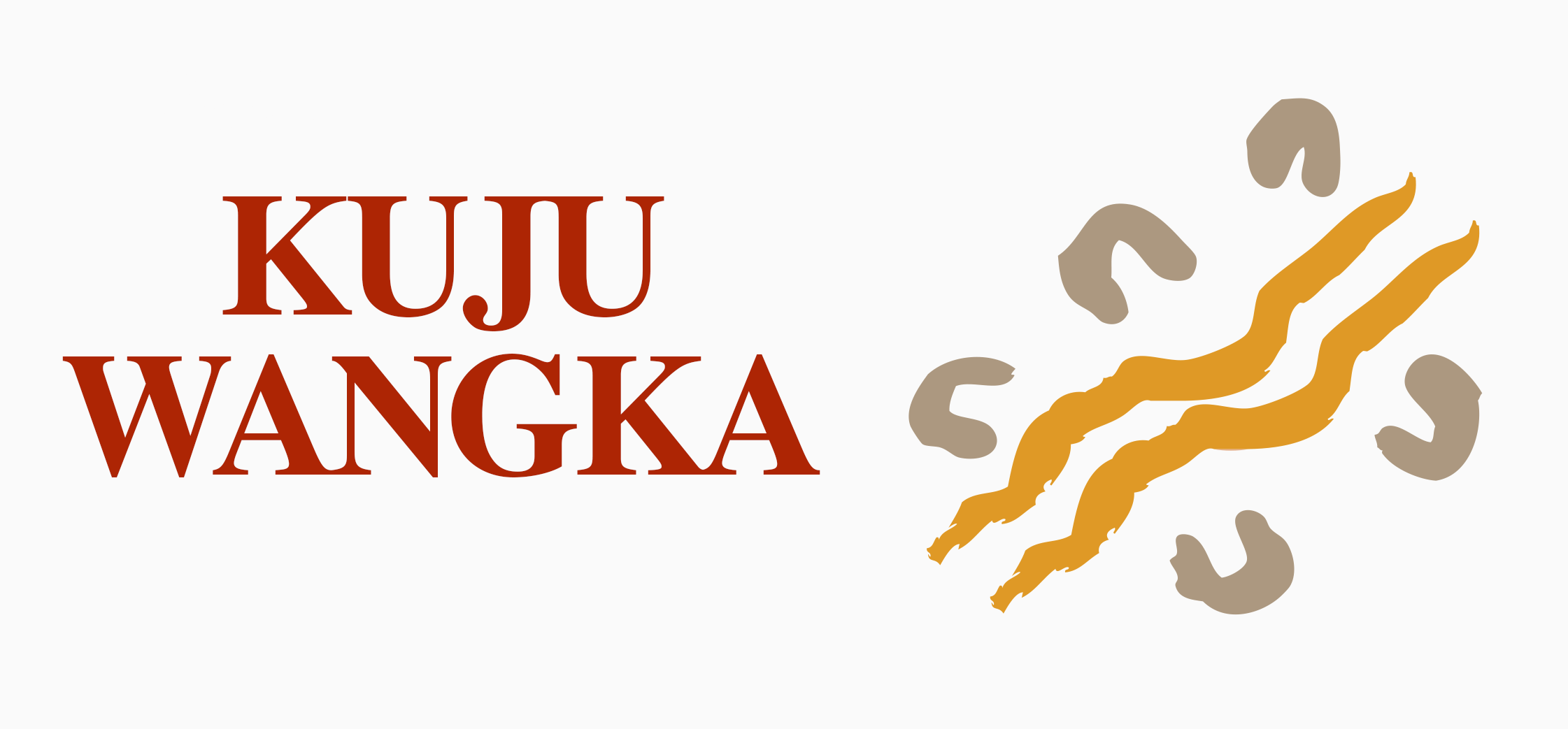Birriliburu Country (Wells 5-15)
Birriliburu Country is characterised largely by sand dunes that give way to the rocky Gibson Desert region to the east. Traditional Owners are custodians of 6.6 million hectares of Country that was also declared an Indigenous Protected Area (IPA) in 2013. There are no towns or communities within the Birriliburu native title determination. Birriliburu Traditional Owners live off-Country in towns such as Wiluna, Newman, Jigalong etc. Like the Wiluna area, the Traditional Owners identify as Martu. There are approximately 12 mutually understood languages, although today, the contemporary language spoken is often referred to simply as Martu Wangka — a combination of the dialects previously spoken in the area.
Since the IPA declaration in 2013 the Birriliburu ranger program has grown extensively and now includes multiple programs and partnerships all aimed at promoting and preserving Country and culture. In 2019, in recognition of how successful and extensive the ranger program had become MNRAC (prescribed body corporate for Birriliburru native title) established a subsidiary land management company to manage the program and establish new opportunity, in particular around tourism opportunities on the Stock Route. Currently rangers undertake a number of on-ground activities, including: managing the impact high level visitation has had in the Stock Route area by maintaining camp grounds (primarily Well 6, 9, 12 and 15), engaging with tourists, diverting tracks, installing signage and general visitation monitoring. Rangers also undertake feral animal and weed control, and traditional fire management.
CULTURE + HERITAGE
In the south-western corner are two significant rocky ranges, Blue Hills and Katjarra (Carnarvon Range), which are recognised by their blue hue in the distance. Surface water drains internally into a number of salt lakes, including the largest salt lake in the determination area, Lake Burnside. Katjarra* and Mungarlu (Constance Headland) are the most significant and well known cultural heritage places for the Traditional Owners. Milyinirri and Palatji are also of significance to the Traditional Owners:
Milyinirri (Pierre Springs) (Well 6) is a heavily shaded rest spot complete with toilets and fire places; and
Palatji (Weld Springs) (Well 9) is a massacre site with differing versions of events as to why and what happened. The Traditional Owners want to ensure that their story is told and the area protected.
*KATJARRA IS CURRENTLY CLOSED TO VISITORS.
FLORA + FAUNA
Spinifex (hummock) grasslands, and eucalypt, desert oak and acacia, including mulga woodland, are the predominant vegetation in Birriliburu Country. Bush tucker species include woolly-butt grass, karlkurla (silky pear), walku (quandong), kulyu (bush potato), tjulu (bush tomato), pipitjali (pencil shaped potato), tjalu (bush onion) and wadjawadja (a bean with seeds that can be eaten). The area is home to a high number of nationally significant species such as the black-flanked rock wallaby, great desert skink, and marsupial mole, as well as many threatened species, including the greater bilby.

